Robotic arm
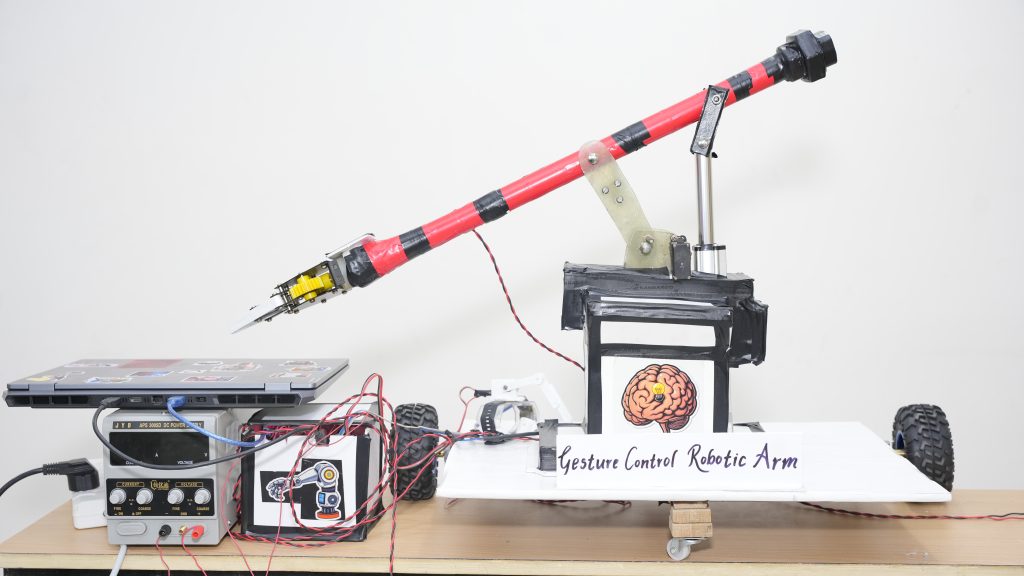
An innovative robotic arm that mimics human hand movements using gesture control, designed for industrial applications and assistive technologies.
Autonomous Wheel Chair
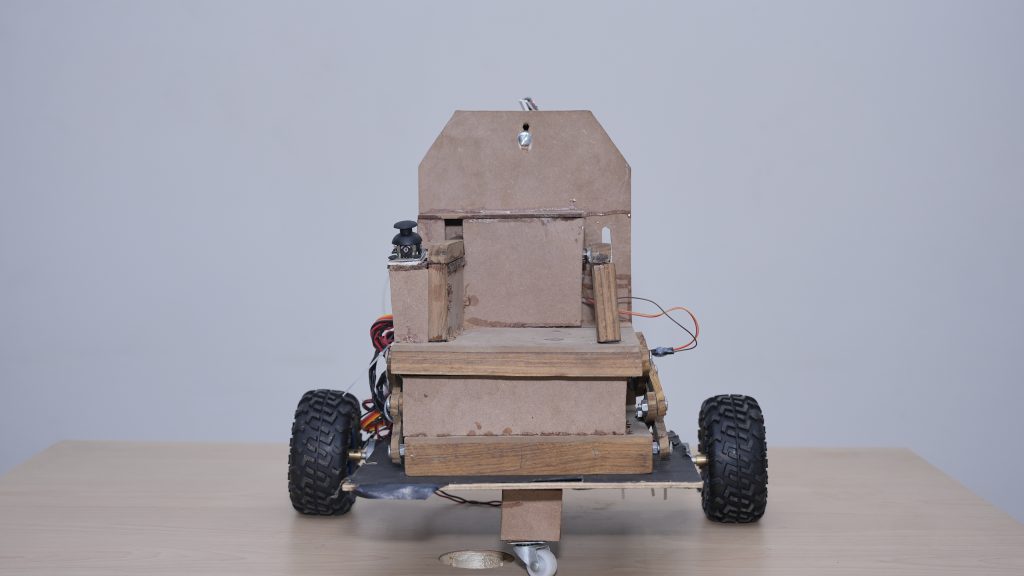
Our Smart Assistive Wheelchair is designed to solve real-world problems beyond basic movement. It combines height adjustment, dual control systems, and human-centered engineering to improve both mobility and practical independence for users with limited physical.
Smart Emergency System
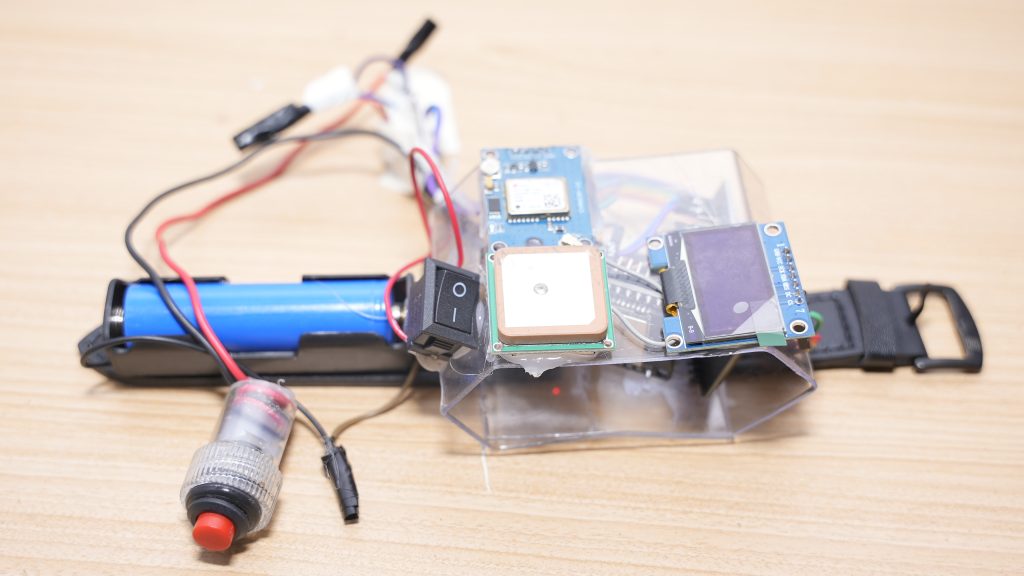
• GPS Module
• OLED Display
• Push Button
• Vonage API for WhatsApp
• Laptop with Python-based Speech Recognition
• Camera + Microphone
Robotic arm
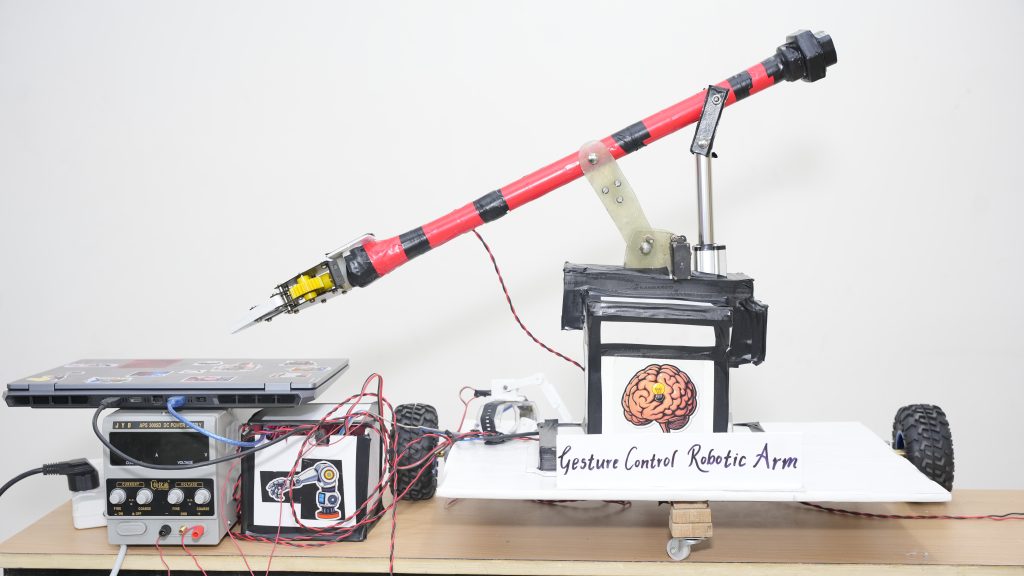
An innovative robotic arm that mimics human hand movements using gesture control, designed for industrial applications and assistive technologies.
Pet Feeder
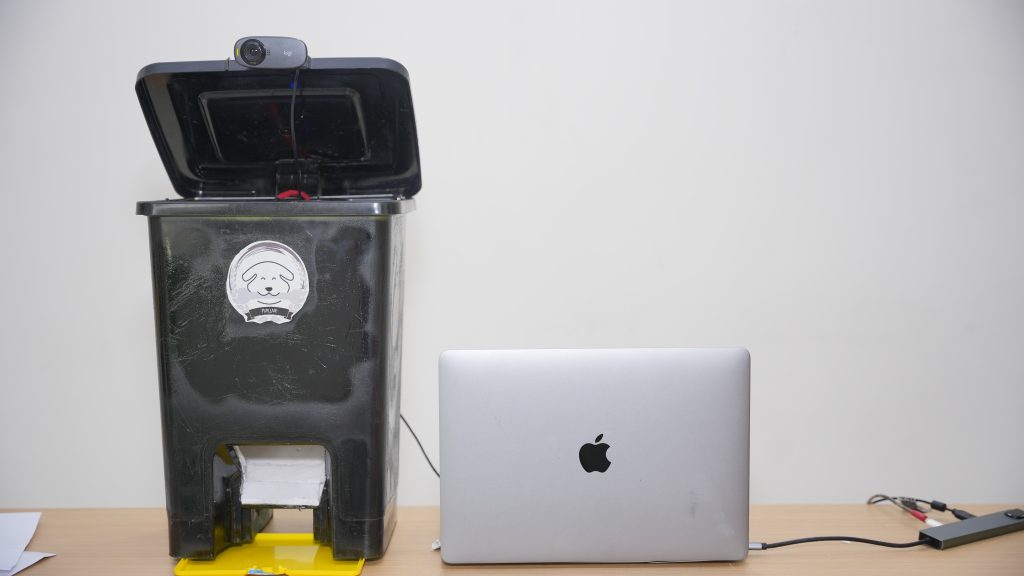
AI-Powered Smart Pet Feeder is an automatic system that detects the pet using a trained ML model and dispenses food at the right time. It ensures pets are fed on time and in the right amount — with zero human intervention.
Green House and Agro Forecast
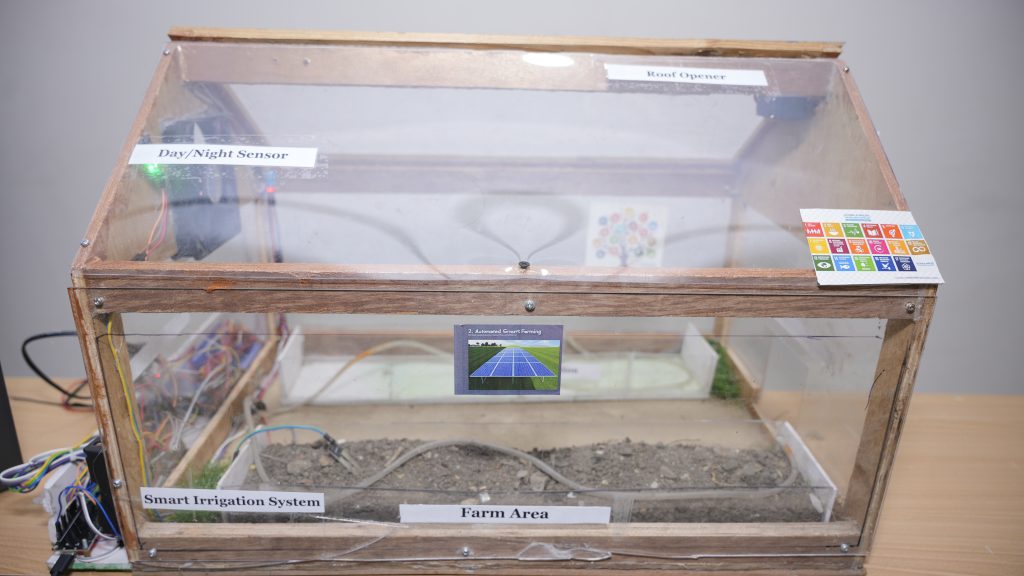
Smart Greenhouse with Agro Forecasting combines sensors, automation, and AI to create a self-regulating farm system. It not only maintains ideal crop-growing conditions automatically but also predicts future yield using real-time data and machine learning.
Future Colony

Future Colony is a fully automated, self-sustaining smart city model powered by green energy, designed to support human life even during future pandemics or global crises. It includes advanced security, smart infrastructure, environmental care, and resource optimization.
Doctor Robot

The Doctor Robot is a smart health assistant that measures vital signs like heart rate, pulse, and temperature and automatically uploads the data to the cloud for remote access by doctors or caretakers. It brings healthcare anywhere, anytime.
Eco Road
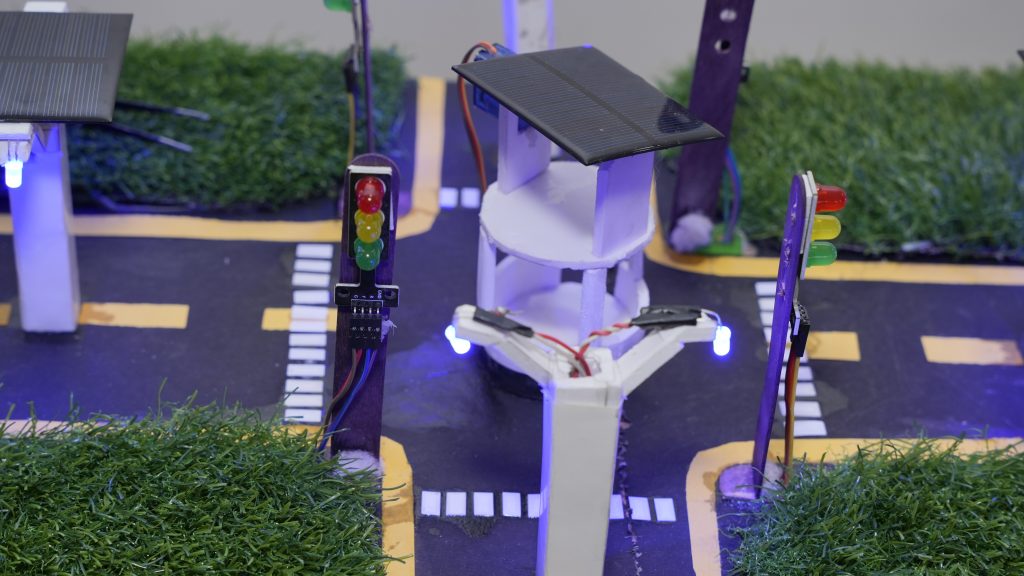
ECO ROAD is a solar-powered smart road system developed to solve problems faced by rural and urban areas — including lack of electricity and traffic congestion. It uses AI and machine learning to optimize traffic control and clean energy to power streetlights and signals.
SMART RECYCLING
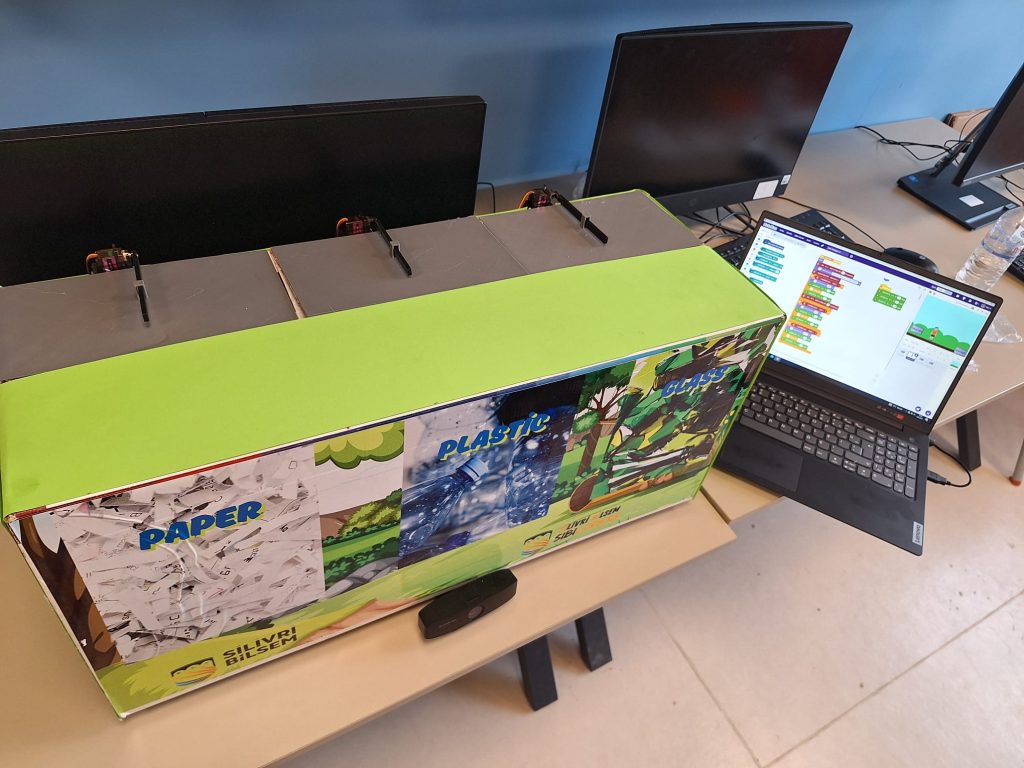
As you know, recycling is a very important issue for the future of our planet. There are various methods for reusing recyclable materials.
The most important aspect of recycling is the proper separation of these materials. Therefore, there are special collection areas for recyclable waste. However, there are some problems with these collection areas.
The main problem of our project is that recyclable waste is not being properly separated. In our observations, we noticed that people do not separate recyclable waste correctly in social areas. We saw that plastic or glass waste was thrown into bins meant for paper. Similar situations were observed in other bins as well.
We started working on how we could solve this problem. We came up with various ideas. The most logical one was to develop a lid mechanism that opens only when the correct waste is detected and stays closed otherwise.
For this, we used artificial intelligence support. We trained the AI with a data package containing nearly 6000 images. We also continued training using real objects.
For the hardware, we used servo motors, an Arduino board, and a computer. With the signals given by the program coded in Pictoblox, the lid opens at 90 degrees and closes again at the end of the process.
For the software, we used Pictoblox. We added the AI extension and the control board extension. We used datasets to train the AI. During the software development stage, we paid attention to using as few blocks as possible to ensure the program runs stably.
The boxes we used in our project can later be scaled up and developed with more durable materials.
This is the link to our project’s internet site. https://sibicoders.silivribilsem.com/
